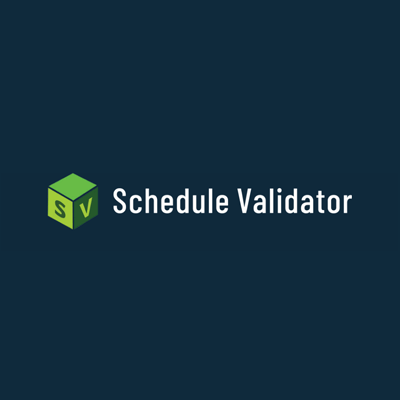Industrial Project Management Software
We supply specialist industrial project management software & services to organisations in Australia & New Zealand

Planning

Construction

Collaborate

Budgets
INDUSTRIAL PROJECT MANAGEMENT EXPERTS
Specialist Project Management Software For Construction, Engineering And Infrastructure
Our clients are planning and building the infrastructure of tomorrow. We provide specialised project management solutions to the construction and engineering industries to help you plan quickly, efficiently and effectively.
Our state-of-the-art specialist software is specifically designed to support your unique needs, and help you with project management, project communication and decision making. We are project managers ourselves and we only supply the best, class-leading solutions in the world.
USED WORLDWIDE FOR PROJECTS LARGE & SMALL
Our Leading Products & Services
We also offer support services – software training, consultancy, configuration and more.

ISETIA
Award-winning cloud-based project management solution

TILOS
Time-saving & innovative linear scheduling software

Phase Manager
Professional scheduled construction phasing software

Schedule Validator
The complete schedule analytics & validation tool
REQUEST A DEMO TODAY
Try Our Software For Free
Contact us to arrange a demo or trial our software.
- All our software is tried and tested by project managers themselves.
- We only recommend the very best class-leading tools that deliver tangible results for clients.
- We provide quality services around these tools to provide our clients with an unrivalled solution for their business needs.
FOR Construction, Engineering And Infrastructure
Talk To Us About Your Project Management Software Needs
Our software and services help our clients improve their project management, project communication and decision making. Get in touch to discover more.
